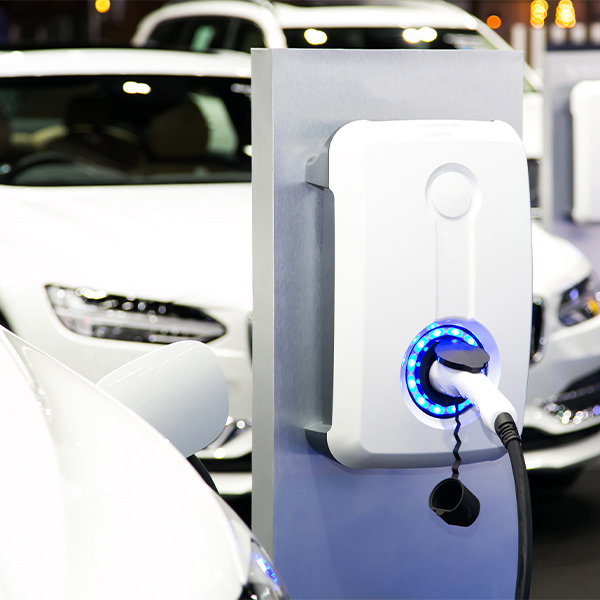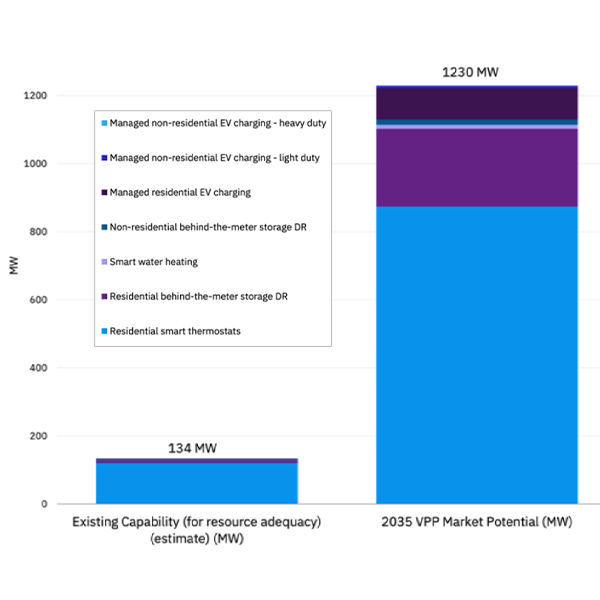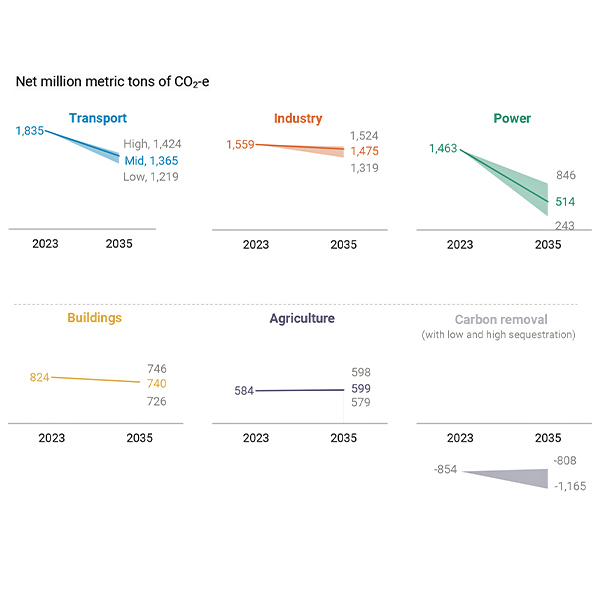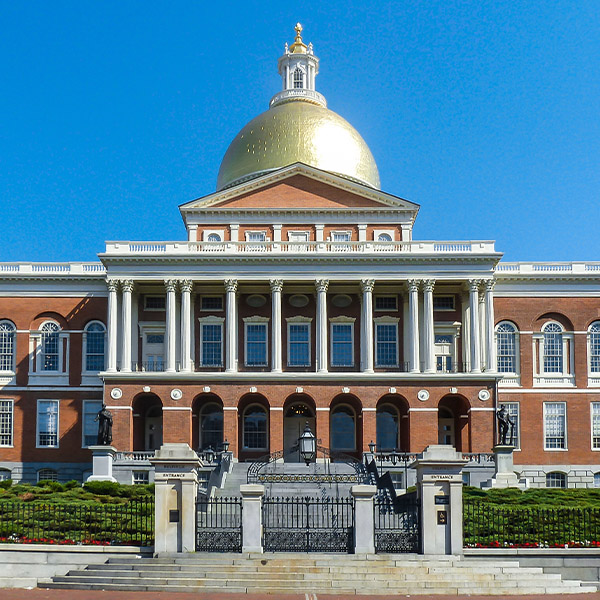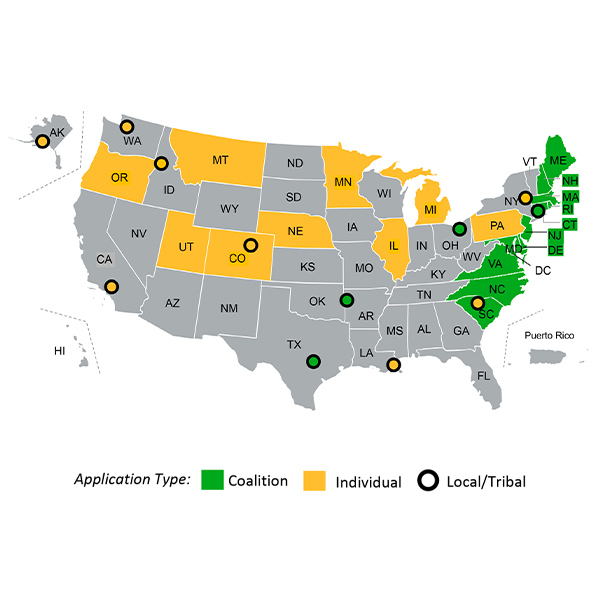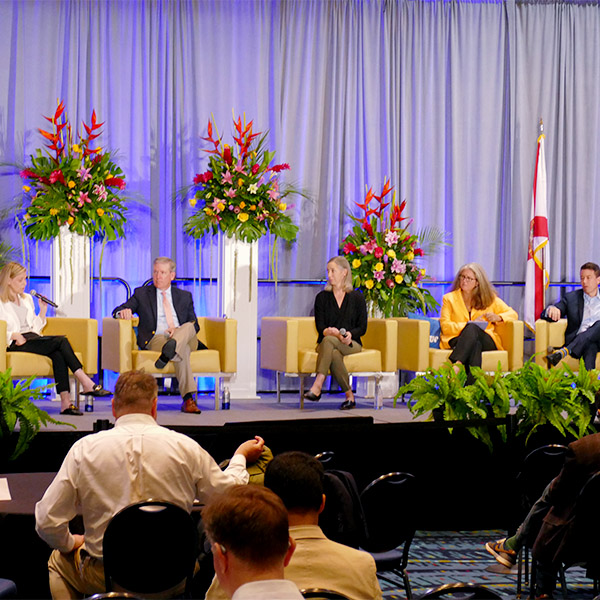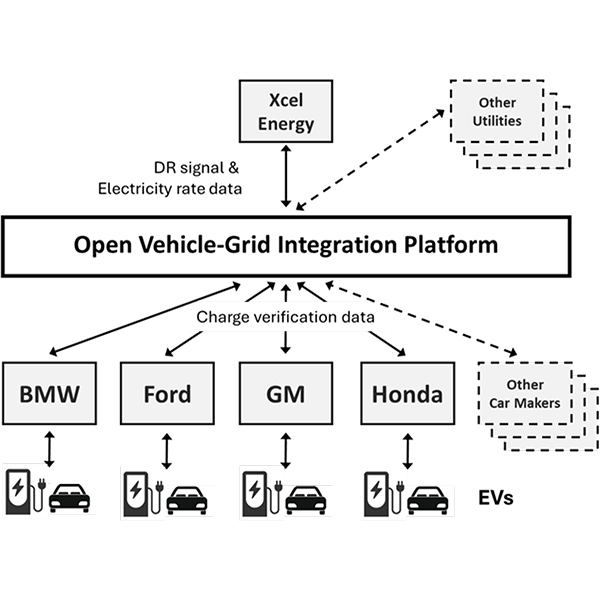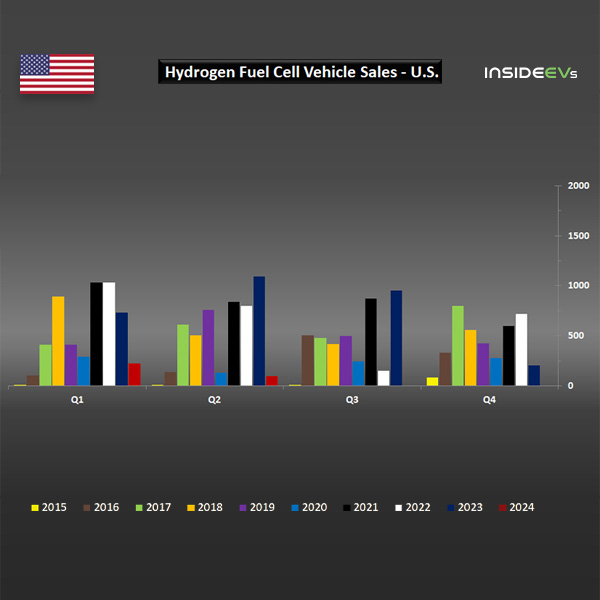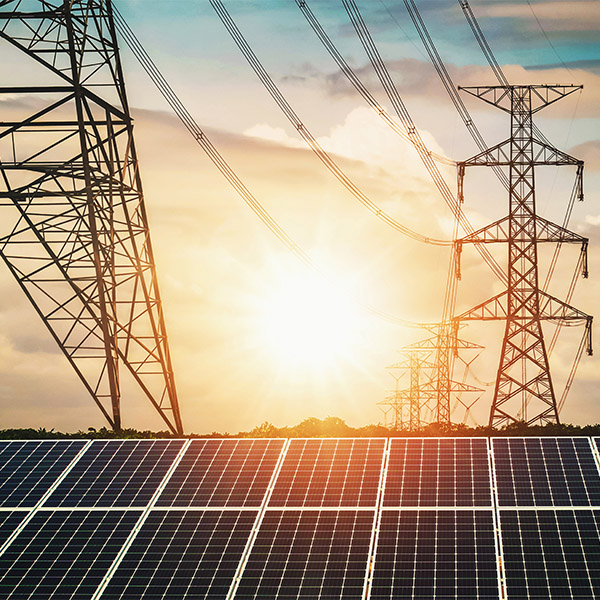Transportation Decarbonization
Airplane DecarbonizationEV chargersHeavy-duty vehiclesBattery Electric Buses (BEB)Fuel Cell Electric Buses (FCEB)Light-duty vehiclesBattery Electric VehiclesFuel Cell VehiclesPlug-in hybrid electric vehiclesShip electrificationClean Ports
The new Washington program aims to help low- and moderate-income families lease or buy electric vehicles with some of the most generous incentives offered in the U.S.
New Jersey last year put an additional 62,426 new EVs on the road, a 68% increase over 2022, which has prompted some advocates to suggest the state is in reach of its goal of having 330,000 EVs in the state by 2025.
NV Energy's virtual power plant market potential could grow from an estimated 134 MW this year to 1,230 MW in 2035, according to a new analysis.
The Rhodium Group’s annual update of its "Taking Stock" report finds that U.S. GHG emissions were 18% lower in 2023 than in 2005 and estimates they will be 32 to 43% lower in 2030.
With the end of Massachusetts’ legislative session looming, lawmakers are on the clock to reach an agreement on a major climate bill centered around clean energy permitting and siting reform.
Pennsylvania will use its $396.1 million Climate Pollution Reduction Grant on a statewide initiative to cut greenhouse gas emissions from industrial buildings through incentives for energy efficiency and emission-reduction technologies.
The return to demand growth in the electric power industry has been a major theme this year, and it dominated the discussion at NARUC's Summer Policy Summit.
Vehicle-to-grid integration is about more than connecting electric vehicles to the grid, say reports from DOE and the Alliance for Automotive Innovation.
Sales of electric vehicles in the U.S. are showing some signs of recovery, while the market for hydrogen fuel cell vehicles has practically collapsed.
The agency is working to focus the strategic objectives of its utility-funded Electric Program Investment Charge program to better support the state’s ambitious goals to decarbonize its economy.
Want more? Advanced Search

